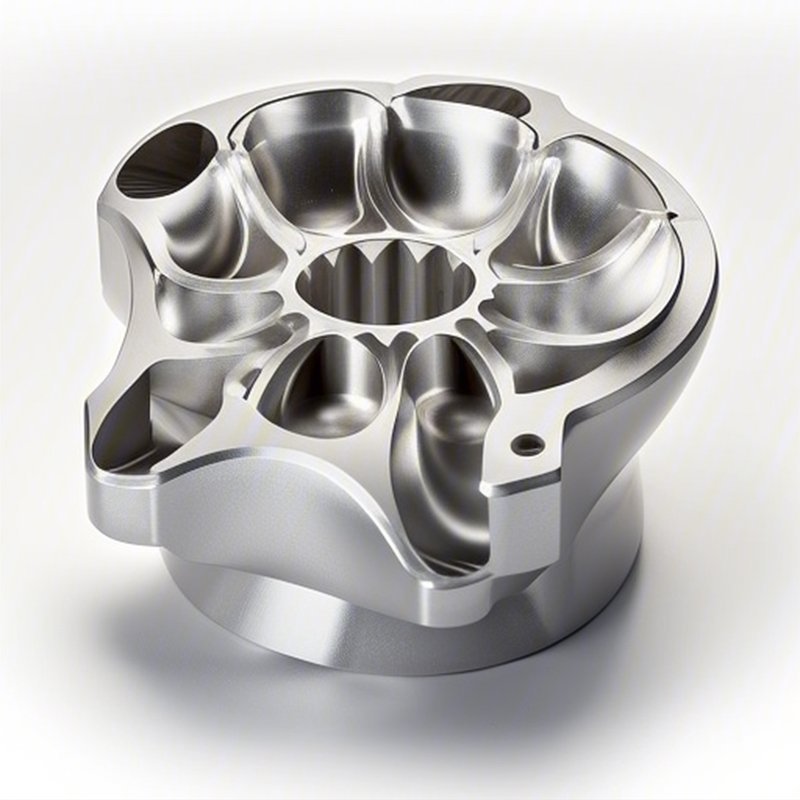Introduction: The Art and Science of Precision Turning
Imagine you’re holding a finely crafted mechanical watch in your hands. Every gear, every spring, and every tiny component works in perfect harmony, all due to the art of precision machining. At the heart of this intricate world lies a technique called precision turning. So, what exactly is it? How does it impact industries, and why should you care? In this article, we’ll dive deep into the fascinating realm of precision turning and explore its significance in high-precision automated machining. Strap in and prepare for a journey that demystifies complex processes while keeping things relatable and understandable!
What is Precision Turning?
To kick things off, let’s define precision turning. Essentially, it involves removing material from a rotating workpiece to shape it into the desired form. Think of it as sculpting clay on a potter’s wheel, where the rotating action allows for the shaping of the material. This process is typically executed using a lathe, a machine tool that makes this whole shaping business possible. The beauty of precision turning is its ability to produce extremely accurate and finely detailed components, which is crucial in industries ranging from aerospace to medical devices.
Why is Precision Important in Turning?
Have you ever tried fitting two puzzle pieces that just don’t seem to match? Frustrating, right? That’s precisely the challenge that precision turning aims to solve. In manufacturing, even the smallest errors in dimensions can lead to catastrophic failures, safety risks, or costly reworks. Precision ensures that every component fits together seamlessly, like those perfect puzzle pieces. It’s not merely about aesthetics; it’s about functionality, reliability, and safety.
When we talk about high-precision automated machining, we’re delving into a world where machinery does the heavy lifting with unmatched accuracy. Utilizing advanced technologies such as CNC (Computer Numerical Control) machining, the production process achieves a level of precision that human hands alone can’t consistently replicate. This brings us to our next question.
How Does CNC Work in Precision Turning?
CNC machining is a game-changer in the precision turning landscape. It’s like having a robotic orchestra where each instrument (or tool) is programmed to play its part with timing and precision. CNC systems follow complex instructions to automate the machining processes, greatly enhancing efficiency and accuracy. Imagine wanting to construct a complex model of a car from a solid block of raw material. CNC machining allows you to carve that model step by step based on a digital design file with astonishing precision.
With CNC precision turning, the operator inputs specific parameters—such as rotation speed, tool position, and feed rate—directly into the computer. The CNC machine then interprets this data, choreographing the entire turning process with minute detail. This reduces the risk of human error and allows for high-volume production without sacrificing quality.
The Process of Precision Turning: Step by Step
Let’s break down the precision turning process. Visualize yourself in a workshop; here’s what you would typically witness:
Each of these steps plays an essential role in ensuring the finished product adheres to high standards, showcasing the meticulous nature of precision turning.
Applications of Precision Turning in Various Industries
Let’s take a peek into the myriad of industries that benefit from precision turning. Picture yourself as a detective unearthing valuable clues in each field!
Challenges in Precision Turning: Overcoming Hurdles
While precision turning offers unparalleled benefits, it’s not without its challenges. What obstacles might manufacturers encounter on their quest for perfection? Here are a few common issues:
Each of these challenges provides an opportunity to innovate and improve. By addressing these hurdles head-on, manufacturers can refine their processes and achieve even greater levels of precision.
The Future of Precision Turning: Trends to Watch
As we step into the future, what trends can we expect to see in the world of precision turning? With the pace of technological advancement, here’s what’s on the horizon:
Conclusion: Embracing the Beauty of Precision Turning
There you have it! An illuminating look at precision turning, a pillar of high-precision automated machining. Just like that finely crafted watch you imagined at the beginning, precision turning reflects the delicate balance of art and science, combining creativity with technological prowess.
So, why should this matter to you? Understanding precision turning broadens your perspective on everyday items, reminding us that remarkable craftsmanship lurks behind appliances, vehicles, and medical devices. Whether you’re in manufacturing or simply a curious mind, the intricate world of precision turning is worth exploring and embracing.
Feel free to drop your thoughts or questions! Let’s keep the conversation going as we navigate through the captivating landscape of precision engineering together.





